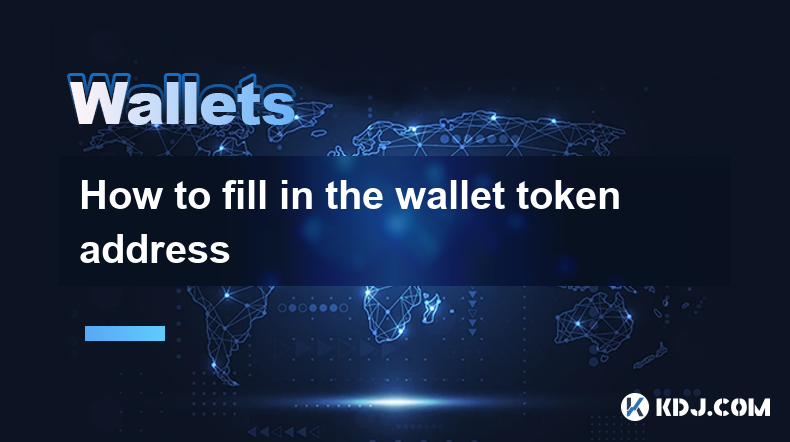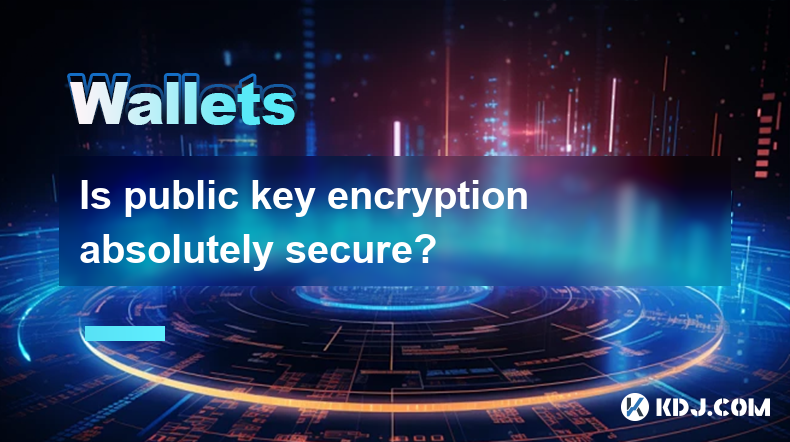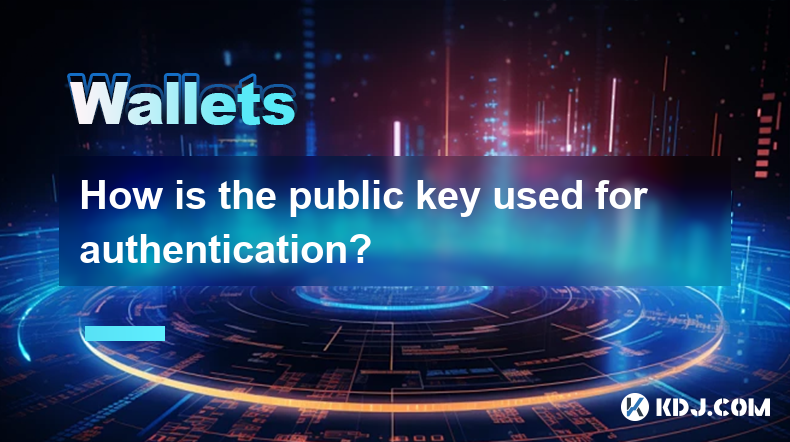-
 Bitcoin
Bitcoin $84,374.8120
5.43% -
 Ethereum
Ethereum $1,934.0923
5.95% -
 Tether USDt
Tether USDt $0.9999
0.02% -
 XRP
XRP $2.3441
5.47% -
 BNB
BNB $584.1419
2.01% -
 Solana
Solana $132.6738
9.13% -
 USDC
USDC $0.9999
0.00% -
 Cardano
Cardano $0.7345
5.21% -
 Dogecoin
Dogecoin $0.1713
5.29% -
 TRON
TRON $0.2218
-0.70% -
 Pi
Pi $1.5247
-6.78% -
 Chainlink
Chainlink $14.4445
13.33% -
 UNUS SED LEO
UNUS SED LEO $9.7813
0.71% -
 Stellar
Stellar $0.2754
2.45% -
 Hedera
Hedera $0.1952
4.83% -
 Avalanche
Avalanche $18.8958
5.29% -
 Sui
Sui $2.3445
10.35% -
 Shiba Inu
Shiba Inu $0.0...01259
6.55% -
 Toncoin
Toncoin $2.8799
6.54% -
 Litecoin
Litecoin $92.0661
6.33% -
 Bitcoin Cash
Bitcoin Cash $329.9583
1.10% -
 Polkadot
Polkadot $4.1757
8.84% -
 MANTRA
MANTRA $6.2470
-1.49% -
 Ethena USDe
Ethena USDe $0.9998
0.03% -
 Dai
Dai $1.0000
-0.01% -
 Bitget Token
Bitget Token $4.4418
7.40% -
 Hyperliquid
Hyperliquid $14.1939
13.51% -
 Monero
Monero $207.7330
1.05% -
 Uniswap
Uniswap $6.0682
6.23% -
 NEAR Protocol
NEAR Protocol $2.6424
6.20%
How to fill in the wallet token address
By understanding the concept of token addresses, using blockchain explorers, and verifying token details, cryptocurrency wallet users can accurately transfer and manage digital assets across the blockchain.
Dec 19, 2024 at 04:44 pm

Key Points:
- Understand the nature of cryptocurrency wallets and token addresses.
- Identify the different types of cryptocurrency wallets.
- Use a blockchain explorer to find the token address.
- Input the token address into the wallet interface.
- Verify the token address before transferring assets.
Step 1: Comprehending Cryptocurrency Wallets and Token Addresses
Cryptocurrency wallets are digital repositories that store private keys and public addresses for cryptocurrencies. Each cryptocurrency has its own unique wallet address, which serves as the destination for sending and receiving funds. Token addresses, on the other hand, are specific to each token and represent the contract address on the blockchain where the token resides.
Step 2: Identifying Different Types of Cryptocurrency Wallets
There are several types of cryptocurrency wallets, each with its own strengths and weaknesses:
- Software wallets: These are digital wallets that are installed on your computer, phone, or other devices. Examples include MetaMask, Coinbase Wallet, and Trust Wallet.
- Hardware wallets: These are physical devices that store your private keys offline, providing enhanced security. Examples include Ledger Nano X and Trezor Model T.
- Paper wallets: These are paper printouts containing public and private keys, offering cold storage but limited functionality.
Step 3: Utilizing a Blockchain Explorer to Find the Token Address
To find the token address, you can use a blockchain explorer such as Etherscan, BscScan, or PolygonScan for Ethereum-based tokens, Binance Smart Chain tokens, and Polygon tokens, respectively.
- Navigate to the blockchain explorer website and search for the token name or symbol.
- Select the correct contract address from the search results.
Step 4: Inputting the Token Address into the Wallet Interface
Once you have obtained the token address, you can add it to your cryptocurrency wallet.
- Open your wallet interface and select the "Add Token" or "Custom Token" option.
- Input the token address in the designated field.
- Review the token information and details provided by the wallet.
Step 5: Verifying the Token Address Before Transferring Assets
Before initiating a transaction, it is crucial to verify the wallet's token address against the official source of the token. This step helps prevent accidental fund transfers to incorrect addresses.
- Compare the wallet's token address with the address provided on the token's official website or documentation.
- If there is a mismatch, do not proceed with the transaction.
FAQs Related to Cryptocurrency Wallet Token Address
Q: What is a cryptocurrency wallet token address?
A: A cryptocurrency wallet token address represents the specific location on the blockchain where a particular token is housed.
Q: How do I find the token address for a specific token?
A: You can use a blockchain explorer such as Etherscan or BscScan to search for the token by its name or symbol and retrieve its contract address.
Q: Where can I input the token address in my cryptocurrency wallet?
A: You can typically find the "Add Token" or "Custom Token" option in your wallet interface to add a new token and input its address.
Q: Why is it important to verify the token address before transferring assets?
A: Verifying the token address ensures that you are sending your assets to the correct destination and prevents accidental transfers to fraudulent or incorrect addresses.
Disclaimer:info@kdj.com
The information provided is not trading advice. kdj.com does not assume any responsibility for any investments made based on the information provided in this article. Cryptocurrencies are highly volatile and it is highly recommended that you invest with caution after thorough research!
If you believe that the content used on this website infringes your copyright, please contact us immediately (info@kdj.com) and we will delete it promptly.
- March May Bring Significant Opportunities for Those Watching the Crypto Market Closely
- 2025-03-15 01:50:53
- Coinbase Is Not Delisting Floki – Here’s the Truth
- 2025-03-15 01:50:53
- Big Things Are Happening in the Realm of XRP! Experts Predict That XRP May Soon Achieve a $1 Trillion Market Value
- 2025-03-15 01:50:53
- XRP May Soon Achieve a $1 Trillion Market Value Due to Ripple's Rapid Growth
- 2025-03-15 01:50:53
- Why Remittix (RTX) Is Outperforming Solana (SOL) and Becoming the New High-Growth Opportunity
- 2025-03-15 01:50:53
- Bitcoin (BTC) Fails to Reclaim $84,000 Resistance Again, Dips 4%
- 2025-03-15 01:50:53
Related knowledge

Is public key encryption absolutely secure?
Mar 14,2025 at 05:26pm
Key Points:Public key encryption, while incredibly strong, isn't absolutely secure. Its security relies on the computational difficulty of certain mathematical problems.Advances in computing power, quantum computing, and cryptanalysis constantly pose threats to the security of public key algorithms.Proper key management and implementation are crucial fo...

How is the public key used for authentication?
Mar 13,2025 at 09:25pm
Key Points:Public keys are fundamental to asymmetric cryptography, the backbone of many cryptocurrency security systems.Authentication using a public key relies on the mathematical relationship between the public and private keys. Only the corresponding private key can create a digital signature verifiable by the public key.The process involves digital ...

Why can the public key be made public while the private key must be kept secret?
Mar 15,2025 at 01:00am
Key Points:Asymmetric cryptography, the foundation of public-key cryptography, utilizes a pair of keys: a public key and a private key.The mathematical relationship between these keys allows for encryption and decryption, digital signatures, and verification.Public keys can be freely shared without compromising security, while private keys must remain a...

What role does the public key play in encrypted communication?
Mar 13,2025 at 09:10pm
Key Points:Public keys are fundamental to asymmetric encryption, enabling secure communication without pre-shared secrets.They are freely distributable, forming one half of the key pair used in cryptographic algorithms.Public keys verify the authenticity and integrity of digital signatures.They are crucial for securing transactions on blockchains like B...

What is the difference between public key and private key?
Mar 14,2025 at 08:35pm
Key Points:Public Key: A cryptographic address, like an email address, used to receive cryptocurrency. It's publicly shareable without compromising security.Private Key: A secret code, like a password, granting exclusive access and control over the associated cryptocurrency. Its secrecy is paramount.Asymmetric Encryption: The core principle underlying p...

How is a private key stored in a hardware wallet?
Mar 14,2025 at 11:16pm
Key Points:Hardware wallets utilize secure elements to store private keys, isolating them from external threats.The specific storage method varies depending on the hardware wallet model.Private keys are never directly exposed during normal operation.Security features like PIN codes and recovery phrases enhance protection.Understanding the intricacies of...

Is public key encryption absolutely secure?
Mar 14,2025 at 05:26pm
Key Points:Public key encryption, while incredibly strong, isn't absolutely secure. Its security relies on the computational difficulty of certain mathematical problems.Advances in computing power, quantum computing, and cryptanalysis constantly pose threats to the security of public key algorithms.Proper key management and implementation are crucial fo...

How is the public key used for authentication?
Mar 13,2025 at 09:25pm
Key Points:Public keys are fundamental to asymmetric cryptography, the backbone of many cryptocurrency security systems.Authentication using a public key relies on the mathematical relationship between the public and private keys. Only the corresponding private key can create a digital signature verifiable by the public key.The process involves digital ...

Why can the public key be made public while the private key must be kept secret?
Mar 15,2025 at 01:00am
Key Points:Asymmetric cryptography, the foundation of public-key cryptography, utilizes a pair of keys: a public key and a private key.The mathematical relationship between these keys allows for encryption and decryption, digital signatures, and verification.Public keys can be freely shared without compromising security, while private keys must remain a...

What role does the public key play in encrypted communication?
Mar 13,2025 at 09:10pm
Key Points:Public keys are fundamental to asymmetric encryption, enabling secure communication without pre-shared secrets.They are freely distributable, forming one half of the key pair used in cryptographic algorithms.Public keys verify the authenticity and integrity of digital signatures.They are crucial for securing transactions on blockchains like B...

What is the difference between public key and private key?
Mar 14,2025 at 08:35pm
Key Points:Public Key: A cryptographic address, like an email address, used to receive cryptocurrency. It's publicly shareable without compromising security.Private Key: A secret code, like a password, granting exclusive access and control over the associated cryptocurrency. Its secrecy is paramount.Asymmetric Encryption: The core principle underlying p...

How is a private key stored in a hardware wallet?
Mar 14,2025 at 11:16pm
Key Points:Hardware wallets utilize secure elements to store private keys, isolating them from external threats.The specific storage method varies depending on the hardware wallet model.Private keys are never directly exposed during normal operation.Security features like PIN codes and recovery phrases enhance protection.Understanding the intricacies of...
See all articles























































































